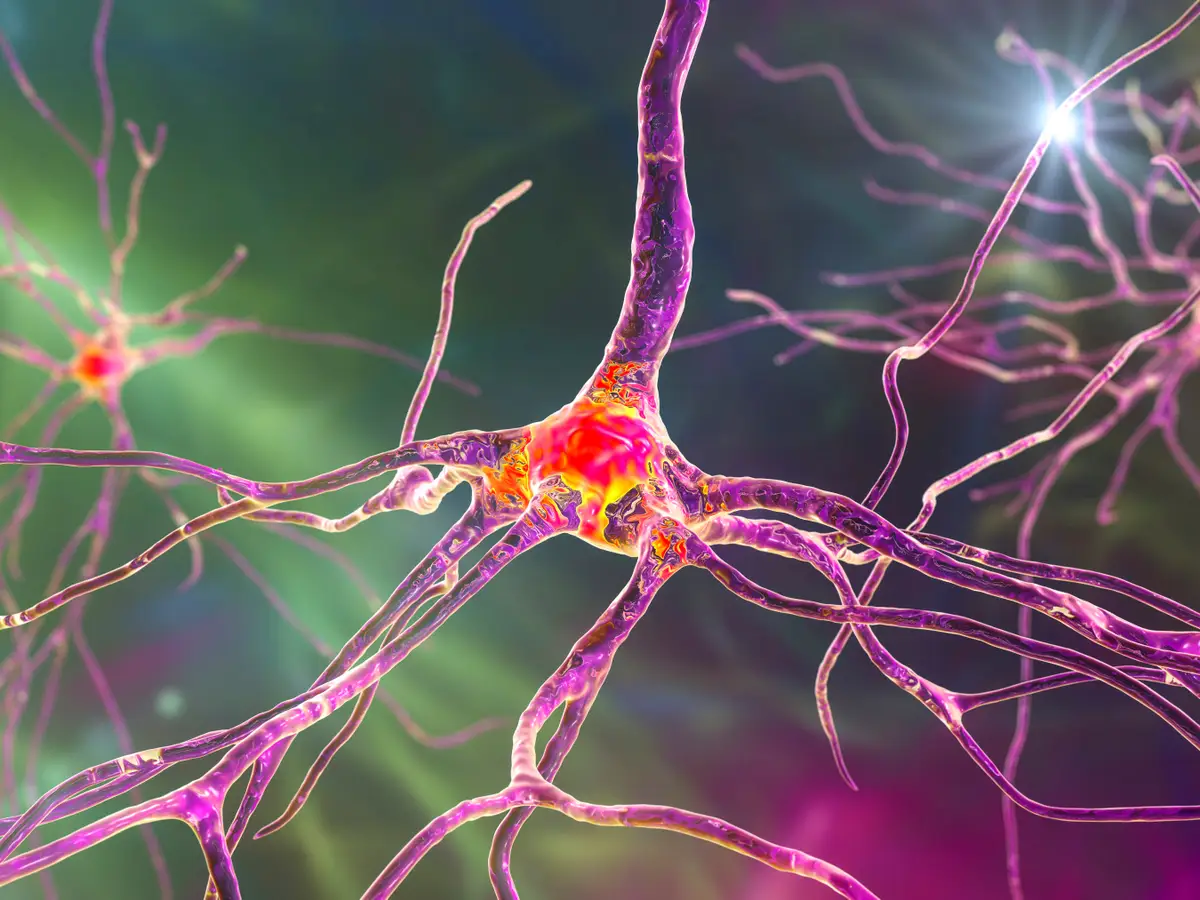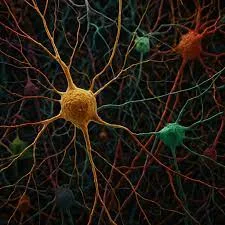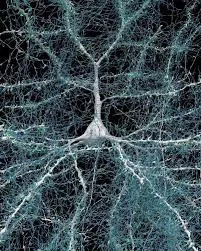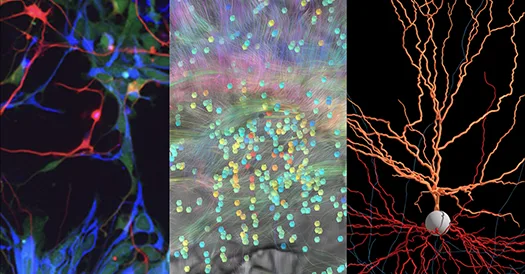A Cubic Millimeter of Brain: The Most Detailed Neural Map Ever Created
In a tiny corner of the human brain—smaller than the head of a pin—lies a universe. For the first time, that universe has been mapped with detail that borders on the unimaginable. A team led by researcher Alexander Shapson-Coe, in collaboration with Google Research and Harvard’s Lichtman Lab, focused their gaze—and the full power of electron microscopy—on just one cubic millimeter of the human temporal cortex. The result: a nano-resolution 3D reconstruction that reveals not only neurons but synapses, blood vessels, glial cells, and intricate wiring patterns previously invisible to science. That single cubic millimeter generated 1.4 petabytes of raw data—equivalent to over 1,000 times the information in the Library of Congress. Published in Science on May 9, 2024, this isn’t just a technological triumph. It’s a new door opened to the secrets of the human mind—a map that shows what we are… and how much we still have to understand.

The Scale of the Challenge
The human brain contains approximately 86 billion neurons and an estimated 100 trillion synapses. Mapping even a small fraction at nanoscale resolution is a monumental task. The sample came from a 45-year-old patient undergoing epilepsy surgery. A biopsy from the left temporal cortex—about the size of a grain of rice—was preserved, stained with heavy metals, and embedded in resin.
Then came the imaging:
- The tissue was sliced into 5,000 ultrathin sections using a custom-built serial sectioning machine.
- Each section (33 nanometers thick) was imaged with a multi-beam scanning electron microscope at 4 nm per pixel resolution.
- Total imaging time: over 300 days.
The result?XPath: 1.4 million gigabytes of electron micrographs—enough to fill 1,400 one-terabyte hard drives.

Reconstructing the Connectome
Using machine learning developed by Google Research, the team automated the reconstruction:
- Neurons were traced in 3D, revealing axons, dendrites, and dendritic spines.
- Synapses were identified and classified—over 50 million in this tiny volume.
- Glial cells (astrocytes, microglia, oligodendrocytes) were segmented and mapped.
- Blood vessels were reconstructed, showing capillary networks down to 1-micron resolution.
The final dataset: a 3D interactive volume where users can zoom from whole neurons to individual synaptic vesicles.
Photograph: A colorized 3D rendering of a single neuron (yellow) with its dendritic tree, surrounded by axons (blue) and synapses (red). Credit: D. Berger/Google Research & Lichtman Lab (Harvard University)

Key Discoveries
Even in this minuscule sample, surprises emerged:
| Discovery | Implication |
| Rare “super-synapses” – some axons form up to 20+ synapses with a single dendrite | Suggests ultra-strong connections, possibly critical for memory or learning |
| Axonal “whorls” – mysterious coiled structures with no known function | May be developmental errors or adaptive wiring |
| Asymmetric synapse distribution – excitatory synapses favor dendritic shafts, inhibitory ones favor spines | Challenges textbook models of neural computation |
| Dense vascular networks – capillaries wrap neurons like ivy | Highlights the brain’s extreme metabolic demand |
The Open-Source Revolution
Unlike past connectomics projects, this dataset is fully public.
- Neuroglancer (Google’s open-source viewer) lets anyone explore the volume in a web browser.
- FlyWire (Princeton) enables community editing and annotation.
- Over 200 scientists worldwide are already analyzing subsets.
This democratization echoes the Human Genome Project—but for the brain’s wiring diagram.

What’s Next?
The team’s goal: map an entire mouse brain (0.5 cubic centimeters) by 2030. A human brain (1,200 cubic centimeters) remains a distant dream—but this cubic millimeter proves it’s possible.
“We’re not just mapping wires. We’re mapping meaning.”
— Jeff Lichtman, Harvard University
A New Era of Neuroscience
This map is more than data. It’s a new language for understanding thought, memory, and consciousness. Like the first images of DNA’s double helix or the cosmic microwave background, it marks a turning point.
The human mind—once a black box—is now, piece by piece, becoming readable.





